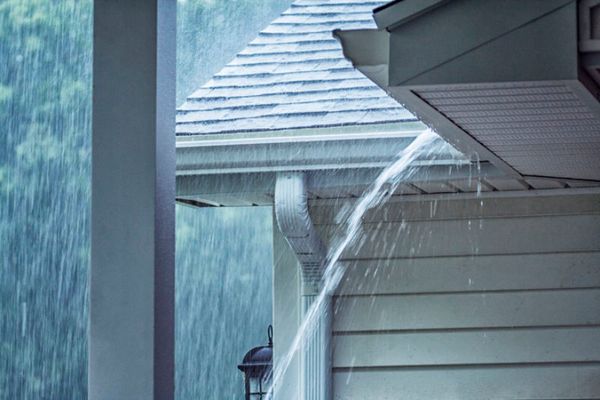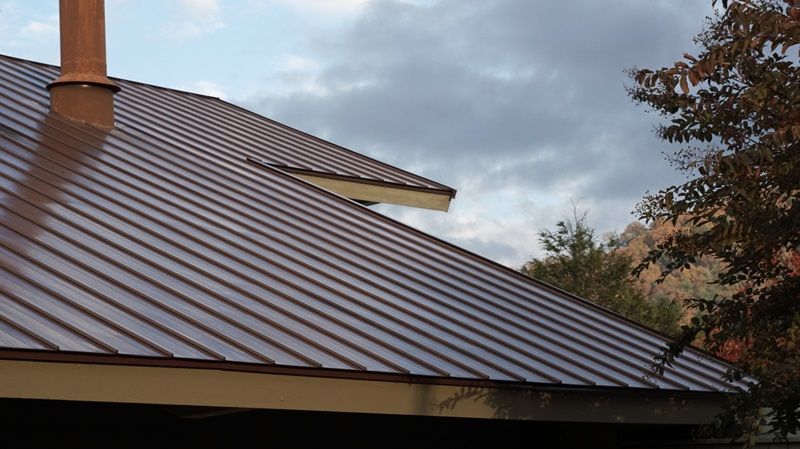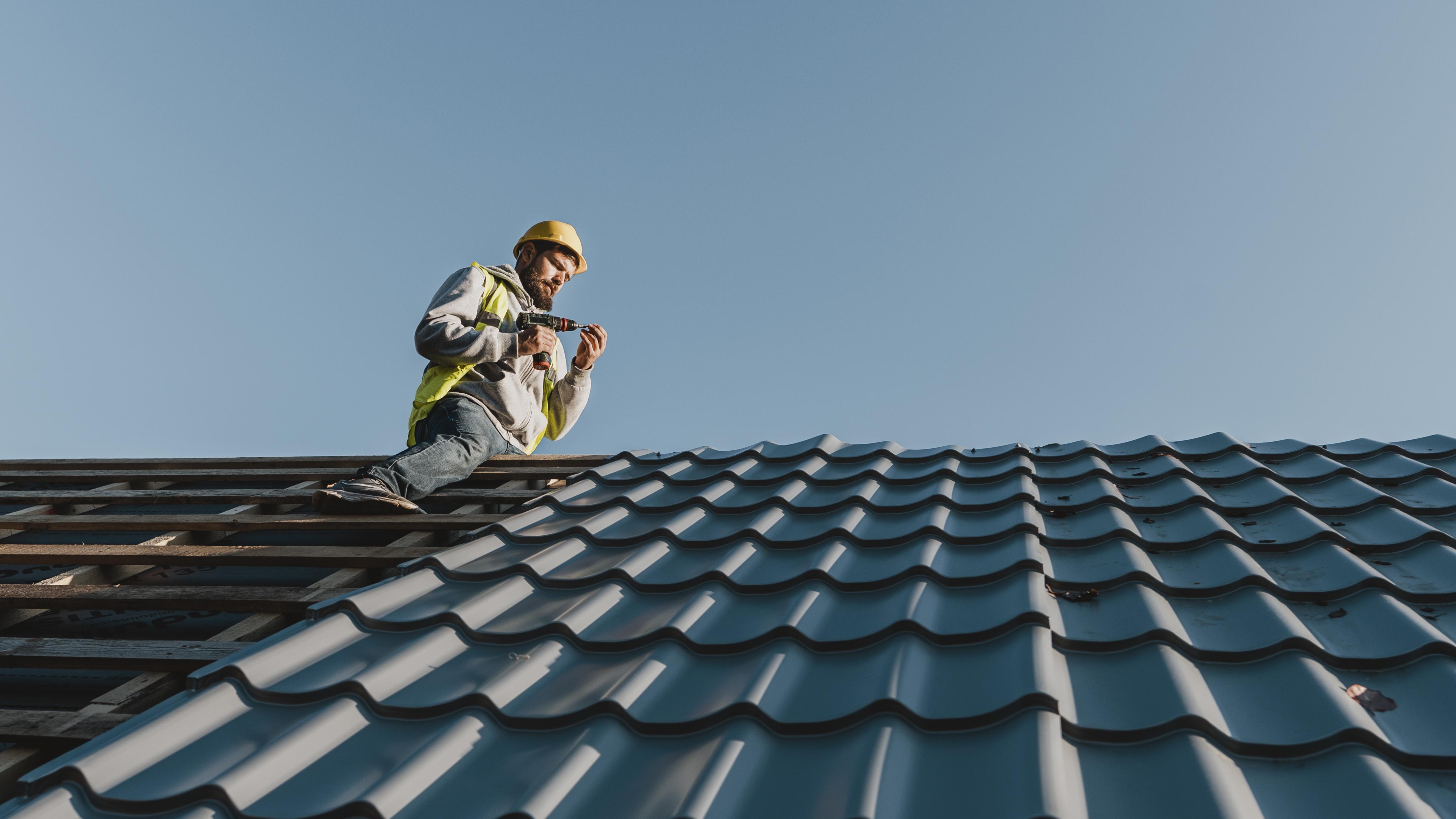How to Prepare Your Roof for Monsoon Season in Arizona
Monsoon season in Arizona brings relief from the scorching heat but also poses significant challenges, especially for your home’s roof. With heavy rains, strong winds, and potential hailstorms, your roof becomes your first line of defense against the elements. Proper preparation is key to ensuring your roof can withstand the rigors of monsoon season and protect your home from water damage and leaks. Here’s a comprehensive guide on how to prepare your roof for monsoon season in Arizona.
Conduct a Roof Inspection
Start by inspecting your roof for any signs of damage or wear and tear. Look for missing or damaged shingles, cracked tiles, deteriorated flashing, and clogged gutters. Addressing these issues preemptively can prevent more significant problems during monsoon season.
Clean Gutters and Downspouts
Clogged gutters and downspouts can lead to water overflow and potential roof leaks. Remove debris, leaves, and sediment from gutters and downspouts to ensure proper water drainage. Consider installing gutter guards to prevent future buildup and streamline maintenance.

Trim Overhanging Branches
Overhanging branches can pose a threat to your roof during monsoon season, especially when strong winds are prevalent. Trim back branches that hang over your roof to minimize the risk of damage from falling limbs or debris.
Secure Loose Roofing Materials
Check for loose or lifted roofing materials, such as shingles, tiles, or metal panels. Secure any loose elements and replace damaged materials to reinforce the integrity of your roof and prevent water infiltration.
Inspect and Seal Roof Penetrations
Inspect roof penetrations, including vents, chimneys, skylights, and HVAC units, for signs of deterioration or gaps. Seal any cracks or openings with appropriate roofing sealant to prevent water intrusion during heavy rains.

Reinforce Flashing and Seals
Inspect the flashing around chimneys, vents, and roof edges for signs of damage or deterioration. Replace worn-out flashing and seals to maintain a watertight barrier and prevent leaks during monsoon storms.
Check Attic Ventilation
Proper attic ventilation is crucial for preventing moisture buildup and reducing the risk of mold and mildew growth. Ensure that attic vents are unobstructed and functioning correctly to promote airflow and ventilation.

Consider Roof Coating
Applying a reflective roof coating can help protect your roof from UV damage, reduce heat absorption, and extend its lifespan. Consider investing in a high-quality roof coating that provides superior protection against the intense Arizona sun.
Schedule Professional Roof Maintenance
If you’re unsure about the condition of your roof or prefer to leave maintenance tasks to the experts, consider scheduling a professional roof inspection and maintenance service. A qualified roofing contractor can identify potential issues and perform necessary repairs or upgrades to prepare your roof for monsoon season.
Emergency Preparedness
Despite proactive measures, unexpected roof damage can still occur during monsoon season. Prepare an emergency kit with essential supplies, including tarps, roofing nails, waterproof sealant, and a ladder, to address any immediate roof repairs or leaks.

Reinforce Roof Structure
Evaluate the structural integrity of your roof, particularly if it’s older or has undergone previous damage. Reinforce weak areas, such as trusses and rafters, to enhance the overall stability of the roof and minimize the risk of collapse during intense monsoon storms.
Install Impact-Resistant Materials
Consider upgrading to impact-resistant roofing materials, such as asphalt shingles with Class 4 impact resistance or metal roofing panels. These durable materials are designed to withstand hailstorms and flying debris, providing added protection for your home during monsoon season.
Check Skylights and Sun Tunnels
Inspect skylights and sun tunnels for signs of damage or leaks, as these areas are prone to water infiltration during heavy rains. Ensure that seals and flashing around skylights are intact and watertight, and consider installing protective covers or screens to minimize the risk of damage from hail or debris.
Invest in Stormproof Roof Accessories
Upgrade your roof with stormproof accessories, such as hurricane straps, which secure the roof to the underlying structure and prevent uplift during strong winds. Additionally, consider installing roof-mounted lightning rods to divert lightning strikes away from your home and reduce the risk of fire or structural damage.
Create a Drainage Plan
Develop a comprehensive drainage plan for your property to manage excess water runoff during monsoon season effectively. Grade your yard away from the foundation, install French drains or swales to channel water away from vulnerable areas, and consider adding rain barrels or a rainwater harvesting system to capture and utilize rainwater for landscaping purposes.
Inspect Roofing Underlayment
Check the condition of the roofing underlayment, which serves as an additional barrier against water infiltration beneath the shingles or tiles. Replace damaged or deteriorated underlayment to maintain the waterproofing integrity of your roof and prevent moisture-related issues.
Elevate HVAC Equipment
If your HVAC units are located on the roof, elevate them on sturdy platforms to protect them from potential flood damage during heavy rains or flash floods. Elevating HVAC equipment can also improve airflow and efficiency while reducing the risk of corrosion and water intrusion.
Install Roof Sarking or Radiant Barriers
Consider installing roof sarking or radiant barriers beneath the roofing materials to enhance thermal insulation and reduce heat transfer into the attic space. By minimizing heat buildup in the attic, you can improve energy efficiency and prolong the lifespan of your roof during Arizona’s sweltering summers.
Monitor Weather Forecasts
Stay informed about upcoming weather conditions and monsoon activity by monitoring local weather forecasts and alerts. Be proactive in implementing additional protective measures, such as securing loose objects and reinforcing vulnerable areas of your roof, in anticipation of severe weather events.
Document and Maintain Records
Keep detailed records of roof inspections, maintenance activities, and repairs to track the condition of your roof over time. Documenting your efforts can help identify recurring issues, track warranty coverage, and demonstrate compliance with insurance requirements in the event of damage claims related to monsoon storms.
Wrapping It Up
By following these essential steps to prepare your roof for monsoon season in Arizona, you can safeguard your home against the adverse effects of heavy rain, high winds, and extreme weather conditions. Investing time and effort in roof maintenance and preparation now can help prevent costly repairs and ensure your home remains safe and secure during monsoon season and beyond.
Contact us today to learn more about our roof maintenance services!

